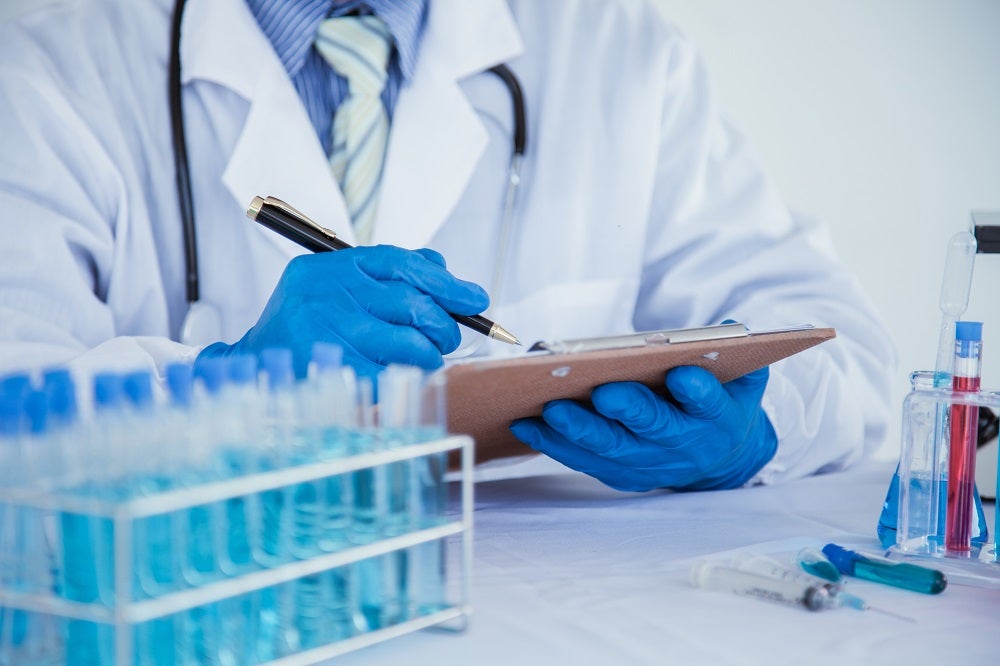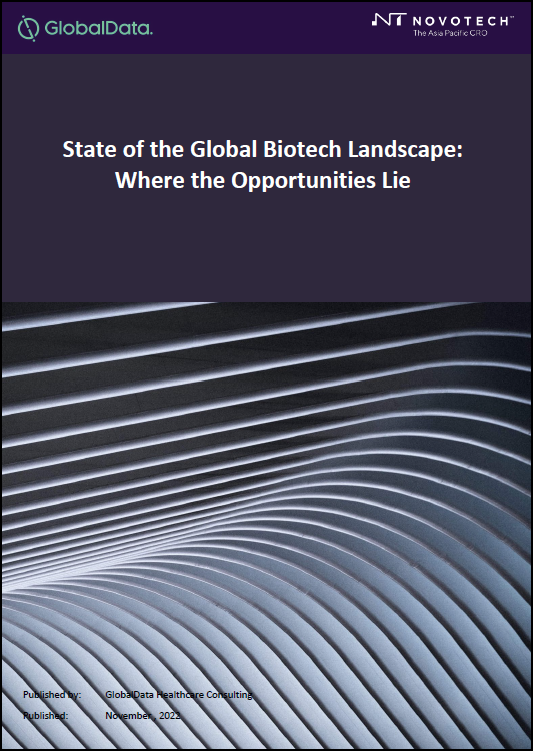
Research from GlobalData shows that the Asia-Pacific (APAC) region was the largest contributor to the global clinical trial landscape from 2017 to 2021, accounting for more than 50% of conducted trials during the analysis period.
The data, presented in Novotech’s paper Evolution of Clinical Trials in the Asia Pacific Region compared to the US and the EU5[i] shows how recent years have seen foreign pharma companies become increasingly active in APAC, with all phases of clinical trials in the region registering higher growth than both the US and the EU5. In fact, according to the research, Asia-Pacific experienced a 69% increase across all stages of clinical development, whilst the U.S observed a 10% increase and the EU a slight decrease.
With an almost 100% rise in oncology trials from 2017 to 2021, the region registered significantly higher growth than the US and the EU5 across all analysed therapeutic areas, including CNS diseases, cardiovascular diseases, gastrointestinal diseases, and infectious diseases, the latter of which witnessed the highest growth. And when it comes to planned trials, APAC continued to dominate, with 4,186 planned for 2021, compared to just 582 in the US and 433 in EU5.
Analysis of this strong growth has been linked to a range of factors, including ease of site access – particularly for oncology trials – when compared to the US and Europe; lower operating costs; and the pharmacogenomic profile of Asian populations as a key factor that requires Phase I data in local populations. Add to the mix the ease of regulatory compliance as well as the high standards required, and overseas drugmakers have never been keener to access this burgeoning market.
How is APAC biotech growing so fast?
According to the paper, in China, recent updates to the Chinese National Reimbursement Drug List (NRDL) list continue to favour home-grown treatments over imported ones, although the establishment of the National Healthcare Security Administration (NHSA) in 2018 has seen more drugs added to the NRDL list, including some from overseas drugmakers. Included on the list are anticancer ‘PD-1’ drugs, which biotech companies see as a key focus area, but the list currently (Jan 2022) still excludes foreign made PD-1’s.
With constant renegotiations on price, the NRDL has driven domestic manufacturers to push ahead on innovation in pharma, and companies in the region have dramatically increased their spending on research and development (R&D).
Much of this increase has been made possible by a raft of incentives and subsidies made available. In 2015 the Chinese government launched its “Made in China 2025” industrial strategy which included incentives for home-grown and state-owned businesses to develop emerging technologies, including biotechnology, in a push towards increasing innovation.
Recent streamlining of drug approval by the government, guided by the National Health Commission (NHC) and National Medical Products Administration (NMPA), has also resulted in a more efficient and clear-cut drug approval system based on global standards.
Beyond China, activity throughout the region has continued to enjoy healthy overseas interest. India, for example, recorded the third-largest number of new trials during the assessed period, behind only China and the US, and grew at a CAGR of 5%. The proportion of planned trials here was also three times more than in the US.
By reducing the overall review and approval process, regulatory reforms have accelerated drug approvals and fast-tracked APAC biopharma, which has moved away from focusing solely on generics to creating more novel drugs. Other emerging innovations, such as artificial intelligence (AI) and 3D printing, have aided efficiency in drug development, with the number of companies in the region with development pipelines increasing significantly over the last five years.
New opportunities for overseas drugmakers
Opportunities to work on the latest biotech developments, aided by government subsidies, have also contributed to a massive boost of local talent in Asia-Pacific. Highly skilled scientists, many trained in the West, are now returning to APAC to become the key drivers of innovation companies. Biotechnology is also a draw for international companies, especially with more Chinese companies out-licensing their novel products.
According to Yooni Kim, Vice President, Global Services Novotech: “Our service delivery model is tailored to the needs of biotech clients. Our local teams have exceptional site and investigator access, our project management approach emphasises problem-solving, ownership and flexibility, and our investments in data and technology ensure clients have real-time access to trial performance.”
For more in-depth research and analysis into APAC’S impact on pharma, check out pharmaceutical research company Novotech’s full white paper Evolution of Clinical Trials in the Asia Pacific Region compared to the US and the EU5.
[i] GlobalData Healthcare Consulting in collaboration with Novotech, April 2022. “Evolution of Clinical Trials in the Asia Pacific Region compared to the US and the EU5”



